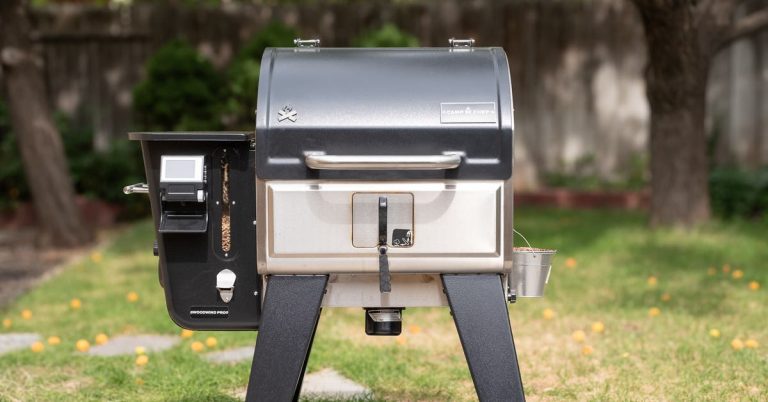The 4 Best Trekking Poles for 2025

Here’s what we prioritized when deciding which poles to test and what we looked for during our testing:
A wide range of lengths: Finding the best trekking pole starts with finding a pair compatible with your height. (When you’re holding your trekking pole, your elbow should be at a 90-degree angle or slightly greater.) For that reason, we focused on adjustable-length poles and preferred those with larger ranges of adjustability. (Telescoping poles do weigh more than fixed-length poles, but we considered the trade-off worthwhile.)
We tested poles ranging from 95 cm (suitable for people around 5 feet tall) to 140 cm (for those over 6 feet).
Comfortable grips: Handgrips are usually made of cork, foam, or rubber, with cork and foam being more common.

Cork is the leather of trekking-pole grip materials. It’s more tacky than foam when it’s wet—which is often, because your hands might sweat during physical activity—and conforms slightly to your hands over time. It’s a little heavier than foam and more expensive. All of our picks use cork grips, but as we discovered in our testing, not all cork is created equal.
Integrated lower grips: Lengthening or shortening your poles when hiking long downhill or uphill slopes gives you the best leverage possible. In our experience, hikers are unlikely to stop and fiddle with their poles for most smaller climbs and descents, no matter how easy the poles are to adjust.
So, we mostly tested poles with integrated lower grips. These allow you to simply come out of the wrist straps (if you use them) and move your hand down to the lower grips when going uphill. All of our picks have foam lower grips.
Sturdy shafts: We looked for durable carbon and aluminum options. There’s a misconception that carbon-fiber trekking poles are brittle and prone to breaking. That may be true for thin-walled, small-diameter shafts. But beefier carbon-fiber poles can be just as durable as aluminum poles and usually have less flex and less vibration, which means more energy pushing you forward and less buzzing going through your hands and arms. Most importantly, such poles are more comfortable on long hiking days. They’re usually more quiet, too, which we appreciate in what might otherwise be a serene, natural environment.
Aluminum poles flex more than carbon poles, which means they’re more likely to bend than break. (And if the bend is minor, you can bend the pole back close to straight.) Aluminum poles tend to transmit more vibration to your hands and arms, though some sufficiently dampen the vibration so you don’t notice it after a few minutes of hiking.
Weight: Most trekking poles weigh in the range of 16 to 20 ounces per pair, though some lightweight specialized poles come in at around 10 ounces as a pair. Even if you never carry your poles in a backpack, you’ll notice the weight difference when swinging them while hiking over several hours.
Durable, easy-to-use hardware: Each adjustable pole usually has two points of adjustment (or locks), meaning two pieces of hardware that can fail over time. When a plastic lock fails, it’s more often a minor crack than a catastrophic break, and such pieces are often replaceable. Aluminum is more durable, though.
Some trekking poles are secured with twist locks, while others use lever locks. There’s a lot of variability across locking mechanisms—we looked for secure locking mechanisms that we didn’t have to fight open or closed.
The tension of lever locks is adjustable (that is, the lock mechanism itself can be made to grip more tightly or more loosely when the lock is closed), and if the tension isn’t properly adjusted to suit how hard you lean on them, they might slip. Twist locks are only as tight as you twist them.
Replacement parts: We emphasized repairability when choosing hiking poles to test because even with a durable pole, accidents happen, and replacing parts is more affordable than replacing poles. On any pole, the tips, which are typically carbide or a similar hard metal, will wear out over time and need to be replaced. (In our testing, we looked for unusual wear and cracking problems on the tips’ housing.)
Portability: The packed size, also called the collapsed length, refers to how short a pole is when fully collapsed.
Accessories: All of the poles we tested included at least one set of baskets, often referred to as mud baskets, to keep the pole tips from plunging through soft surfaces like mud, sand, or layers of leaves in the fall. They also prevent the pole tip from becoming wedged between rocks, which can bend or break a pole.






